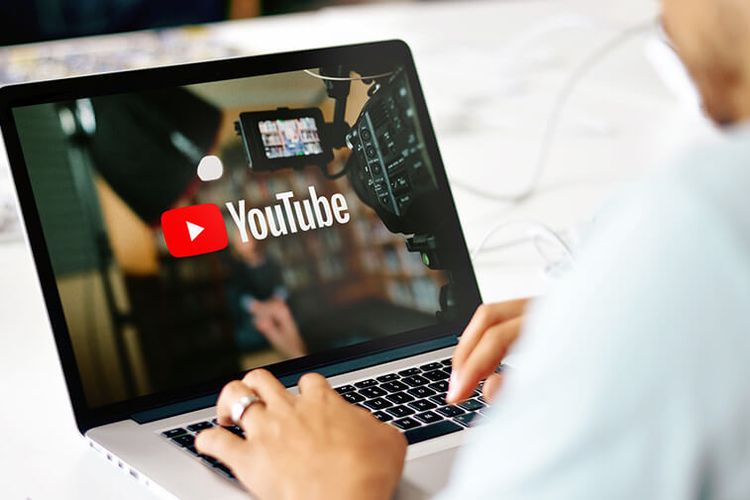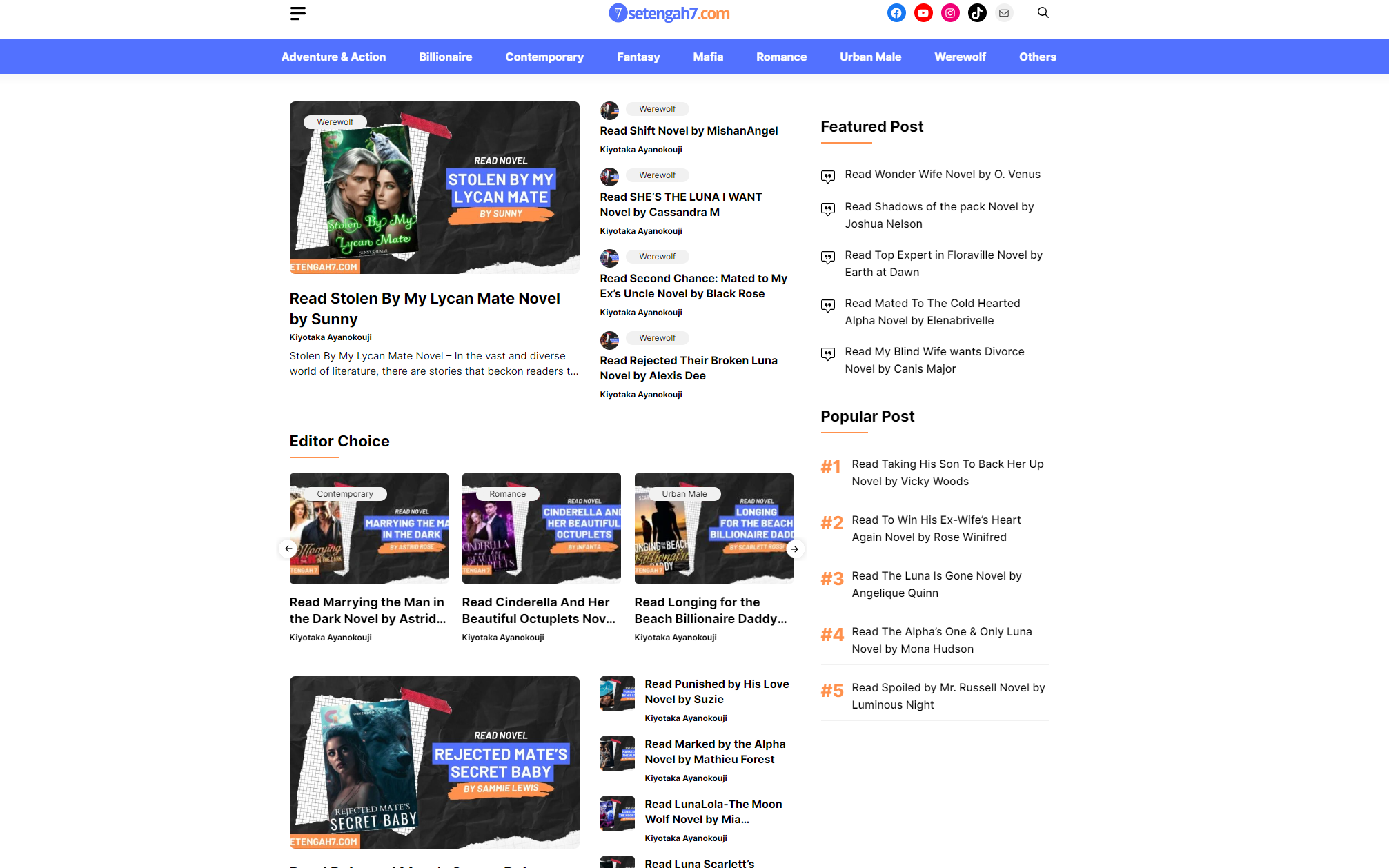Basic English Phrases for Asking Directions
Jika Anda tinggal atau bepergian ke Indonesia, kemungkinan Anda perlu menanyakan arah atau alamat ke seseorang. Ini bisa menjadi tantangan jika Anda tidak lancar berbahasa Indonesia tetapi berharap untuk mendapatkan bantuan dari penduduk setempat. Berikut adalah beberapa frasa dasar dalam bahasa Inggris yang dapat membantu Anda menanyakan arah di Indonesia:
1. Excuse me, do you speak English?
Sebelum memulai percakapan, penting untuk menanyakan apakah orang yang Anda ajak bicara bisa berbahasa Inggris. Dalam bahasa Inggris: “Excuse me, do you speak English?” (Permisi, apakah kamu bisa berbahasa Inggris?)
2. Can you help me, please?
Jika Anda memerlukan bantuan, katakan, “Can you help me, please?” (Bisakah kamu membantuku, tolong?) Ini dapat membuka percakapan dan mempersiapkan orang untuk pertanyaan Anda berikutnya.
3. How do I get to [alamat]?
Ini adalah pertanyaan yang sangat berguna. Kemungkinan besar, orang yang Anda temui akan memiliki beberapa gagasan bagaimana mencapai lokasi yang Anda maksud. Ingatlah untuk menyebutkan nama alamat dengan benar dan jelas. Katakan, “How do I get to [alamat]?” (Bagaimana saya sampai di [alamat]?)
4. Is it far from here?
Ketika mendapatkan petunjuk, penting untuk bertanya apakah tempat yang dituju jauh dari tempat Anda berada. Katakan, “Is it far from here?” (Apakah jauh dari sini?) Ini dapat membantu Anda mengevaluasi berapa lama waktu yang dibutuhkan serta biaya yang akan dikeluarkan untuk sampai ke tujuan.
5. Can you show me on the map?
Jika Anda masih bingung tentang arah yang harus diambil, mintalah untuk diperlihatkan pada peta. Katakan, “Can you show me on the map?” (Bisakah kamu menunjukkan pada saya di peta?) Ini dapat mengarah pada percakapan yang lebih detail tentang jalan yang harus ditempuh.
6. Is there a taxi/bus/motorcycle taxi here?
Jika Anda ingin menggunakan transportasi umum untuk mencapai tujuan Anda, Anda dapat bertanya, “Is there a taxi/bus/motorcycle taxi here?” (Apakah ada taksi/bus/ojek di sini?). Pastikan untuk mengecek dengan orang setempat tentang harga normal yang harus dibayar sebelum berangkat dengan taksi atau ojek.
Itu tadi beberapa frasa dasar dalam bahasa Inggris yang berguna untuk menanyakan arahan di Indonesia. Ingatlah selalu mengucapkan terima kasih kepada orang yang membantu Anda. “Thank you” (Terima kasih) adalah frasa yang universal dan dapat digunakan dalam situasi apa pun.
Useful Vocabulary for Asking About Location
Menanyakan alamat bisa menjadi salah satu kegiatan sehari-hari yang penting untuk dilakukan, terutama ketika kita bertanya tentang arah suatu tempat atau alamat seseorang. Jika Anda sedang merencanakan untuk ke Indonesia atau mempersiapkan presentasi dalam bahasa Inggris di depan tamu internasional, penting untuk mempelajari beberapa frasa dan kosakata yang berguna dalam menanyakan alamat dalam bahasa Inggris di Indonesia.
Menggunakan Pertanyaan Tanya Jawab (WH-Question)
Salah satu cara yang paling umum untuk menanyakan alamat adalah dengan menggunakan pertanyaan tanya-jawab (WH-Question). Berikut adalah beberapa kosakata dan kalimat yang berguna:
- Where: di mana
- Contoh kalimat: Where is the nearest ATM?
- What: apa
- Contoh kalimat: What is your address?
- When: kapan
- Contoh kalimat: When is the best time to visit your office?
- Who: siapa
- Contoh kalimat: Who can I talk to about renting a car?
Frases Umum untuk Menanyakan Alamat
Selain menggunakan pertanyaan tanya-jawab, ada beberapa frase umum yang bisa Anda gunakan untuk menanyakan alamat dalam bahasa Inggris:
- Can you tell me where [tujuan] is?
- Contoh kalimat: Can you tell me where the nearest post office is?
- Excuse me, do you know where [tujuan] is?
- Contoh kalimat: Excuse me, do you know where the train station is?
- Would you mind telling me [alamat]?
- Contoh kalimat: Would you mind telling me your home address?
Dalam satu kesempatan, saya sempat merasa kesulitan untuk menemukan alamat klinik tempat saya hendak menyuntik vaksin. Pasalnya, saya tidak sempat untuk mencari informasi di internet terlebih dahulu. Ketika saya tiba di lokasi, saya mencoba bertanya langsung pada warga sekitar dan akhirnya menemukan alamat klinik tersebut. Dalam momen seperti itu, kosakata dan frase-frase di atas sangat membantu saya untuk menyelesaikan masalah.
Selain kosakata dan frasa-frasa di atas, ada beberapa kata-kata tambahan yang berguna untuk menanyakan alamat, seperti:
- Direction: arah
- Street: jalan
- Building: gedung
- Landmark: titik referensi
Dengan kata-kata tambahan ini, Anda bisa memperjelas pertanyaan Anda dan membuatnya lebih spesifik.
Dalam kehidupan sehari-hari, kita seringkali menghadapi situasi di mana kita perlu menanyakan alamat kepada seseorang. Oleh karena itu, penting untuk mempelajari kosakata, frasa, dan kosakata tambahan yang berguna dalam menanyakan alamat dalam bahasa Inggris di Indonesia. Dengan begitu, kita bisa lebih mudah dan efektif dalam berkomunikasi pada situasi seperti itu.
Common Expressions for Requesting an Address
Asking for an address may seem easy, but it can be quite intimidating if you’re not sure how to do it properly. In Indonesia, most people speak the Indonesian language, but knowing how to ask for an address in English is useful. Here are some common expressions for requesting an address that can help you navigate through the Indonesian streets.
1. Excuse me, could you tell me where [insert location] is?
This expression is a polite way to ask people for directions. It’s a good idea to insert the specific location you’re looking for in this sentence, for example, “Excuse me, could you tell me where the nearest bank is?” This expression works well in most situations, including in formal or informal settings.
2. I’m lost, can you help me find [insert location] please?
If you’re lost and can’t seem to find your way, this expression helps to ask for help. Insert the specific location you’re looking for, for example, “I’m lost, can you help me find the Grand Hotel please?” This expression is best used in informal situations where people are more likely to offer help.
3. Sorry, could you tell me again the direction to [insert location]?
If you’ve asked for directions once and still unsure about the location, this expression can help you. Using this expression, you’re admitting to the person that you didn’t understand the directions given correctly. People are usually willing to help and will repeat the directions. Insert the specific location you’re looking for, for example, “Sorry, could you tell me again the direction to the train station?”
4. Could you give me your address, please?
If you already know the specific address you’re going to, this expression is useful. You can use it to request a person’s address or the address of an establishment. People may ask why you want their address, so it’s a good idea to explain why you need it. For example, “Could you give me your address, please? I’m looking for a gift shop nearby.”
5. Do you know how to get to [insert location]?
Asking whether someone knows how to get to your desired location is another way to ask for directions. This expression works well in most situations, including formal or informal settings. Insert the specific location you’re looking for, for example, “Do you know how to get to the park?”
Those are some common expressions for requesting an address in Indonesia. Remember to be polite and respectful when asking for help. People are generally friendly and willing to help a person in need.
Tips for Pronunciation When Asking for Directions in English
Asking for directions in English can be daunting for many Indonesians. Besides trying to communicate the location of where you want to go, you also have to make sure you pronounce the words correctly so that the person giving you directions can understand you. Here are some tips for improving your pronunciation when asking for directions in English:
1. Pay attention to your vowel sounds
In English, vowel sounds are very important, and they can easily change the meaning of a word. For example, “to” and “too” sound very similar, but they have different meanings. Make sure to distinguish between long and short vowels. Long vowels are held longer, while short vowels are shorter. Practice saying words with the different vowel sounds.
2. Use stress and intonation
Stress and intonation are important for conveying meaning in English. Stress is when you put emphasis on a certain syllable in a word, while intonation is the rise and fall of your voice. Practice emphasizing the right syllables and using the right intonation when asking for directions.
3. Use the correct consonant sounds
English has many consonant sounds that can be difficult to pronounce for non-native speakers. For example, the “th” sound can be challenging. Practice making the “th” sound by placing your tongue between your teeth and pushing air through it.
4. Make sure to enunciate
Enunciation is the act of speaking clearly and articulating every syllable in a word. When asking for directions, make sure to speak slowly and enunciate each word clearly. This will help the person giving you directions understand you better.
5. Watch and listen to native English speakers
One of the best ways to improve your pronunciation is to watch and listen to native English speakers. YouTube is a great resource for finding videos of people speaking English in different situations, including asking for directions. This can help you get a better sense of the pronunciation and intonation used in everyday conversations.
6. Practice, practice, practice!
The key to improving your pronunciation is practice. Don’t be afraid to ask for directions in English, even if you make mistakes. With time and practice, you will become more confident and comfortable speaking English.
By following these tips, you can improve your pronunciation when asking for directions in English. Remember to speak slowly and clearly, and to practice as much as possible. With time and practice, you’ll be speaking English like a native speaker!
Role Play: Latihan Meminta Petunjuk dalam Bahasa Inggris
Meminta petunjuk mungkin adalah salah satu hal yang dapat membuat kita jadi galau. Apalagi jika meminta petunjuk dalam bahasa Inggris yang bukan bahasa kita. Namun, tentu saja kita bisa belajar dan berlatih untuk meminta petunjuk dengan baik dalam bahasa inggris. Yuk, kita coba latihan role play meminta petunjuk berikut ini.
Langkah-langkah role play ini yaitu:
- Bagi teman-teman menjadi dua kelompok, yaitu sebagai turis dan warga setempat.
- Pilih tempat yang ingin dicapai oleh turis, seperti museum atau taman kota.
- Peran sebagai turis harus bisa bertanya dengan jelas dan lugas.
- Peran sebagai warga setempat harus bisa memberikan petunjuk dengan jelas.
- Pastikan masing-masing mengulang kembali apa yang sudah disampaikan.
Dalam role play ini, seorang turis akan meminta petunjuk kepada warga setempat. Pertama-tama, turis perlu memulai percakapan dengan ucapan salam. Contoh:
- “Excuse me, sir/ma’am.” (Permisi, Pak/Bu)
- “Hello, could you help me, please?” (Halo, bisakah anda membantu saya, tolong?)
Selanjutnya, turis perlu secara jelas dan singkat menyatakan tujuan yang ingin dicapai. Contoh:
- “Could you tell me how to get to the museum?” (Bisakah anda memberitahu saya cara ke museum?)
- “I’m lost. Can you help me find the park, please?” (Saya tersesat. Bisakah anda membantu saya mencari taman, tolong?)
Setelah itu, si warga setempat akan memberikan informasi lengkap mengenai rute yang harus ditempuh. Contoh:
- “Sure. You can take a bus number 3 and stop at the 2nd station. Then, you can walk straight for 2 blocks and turn right at the traffic light. The museum will be on your left.” (Tentu saja. Anda bisa naik bis nomor 3 dan turun di stasiun ke-2. Kemudian, jalan lurus selama 2 blok dan belok kanan di lampu merah. Museum ada di sebelah kiri anda.)
- ” Okay. Go straight until you see the gas station on your right. Take a left turn and go straight again for about 500 meters. The park will be on your right side.” (Baik. Jalan saja lurus sampai anda melihat pom bensin di sebelah kanan anda. Belok kiri dan jalan lagi lurus sekitar 500 meter. Taman akan berada di sebelah kanan anda.)
Setelah mendapat arahan dari warga setempat, turis harus mengulang kembali arahan yang diberikan. Contoh:
- “So, I should take a bus number 3 and stop at the 2nd station, then walk 2 blocks straight and turn right at the traffic light. The museum will be on my left, right?” (Jadi, saya harus naik bis nomor 3 dan turun di stasiun ke-2, lalu berjalan 2 blok lurus dan belok kanan di lampu merah. Museum akan berada di sebelah kiri, ya?)
- “So, I need to go straight and find a gas station on my right, then turn left and walk straight for 500 meters. The park will be on my right side, right?” (Jadi, saya harus jalan lurus dan mencari pom bensin di sebelah kanan saya, lalu belok kiri dan jalan lurus sekitar 500 meter. Taman akan berada di sebelah kanan saya, ya?)
Dalam role play ini, tujuan utamanya yaitu belajar berkomunikasi menggunakan bahasa Inggris dengan baik dan efektif. Latihanlah untuk meminta petunjuk dengan sopan dan jelas serta mengulangi arahan yang diberikan oleh warga setempat.
Teruslah berlatih sampai merasa percaya diri dalam meminta petunjuk dalam bahasa Inggris. Pada akhirnya, berbicara dalam bahasa Inggris akan semakin terasa mudah dan Anda akan siap apabila harus menavigasi di lingkungan yang berbicara bahasa Inggris.


